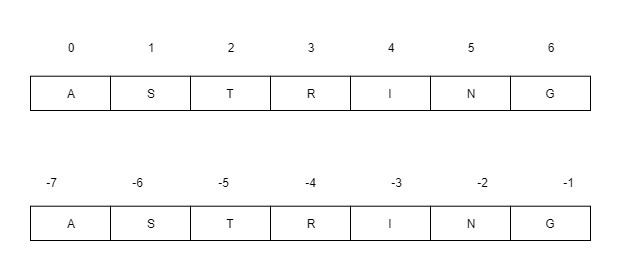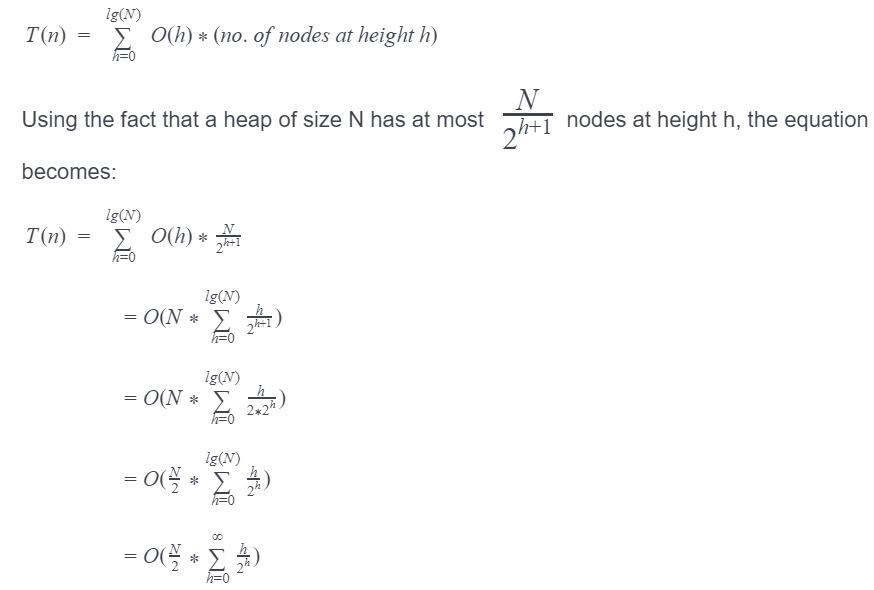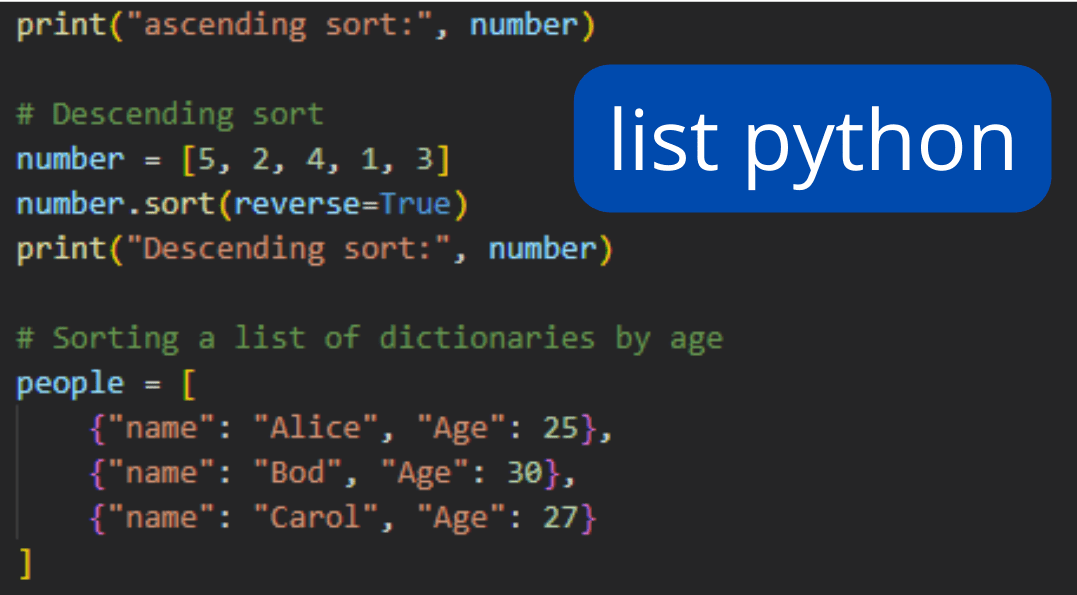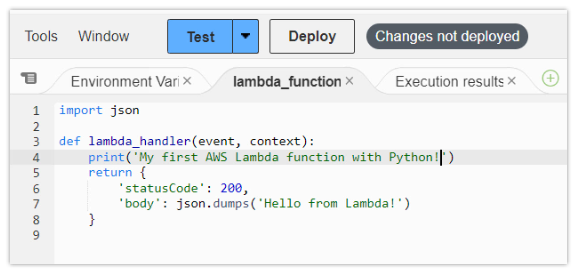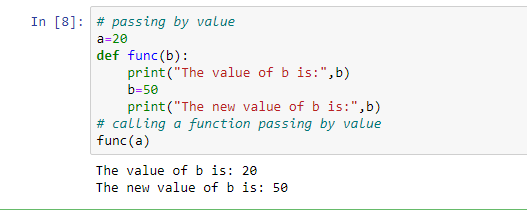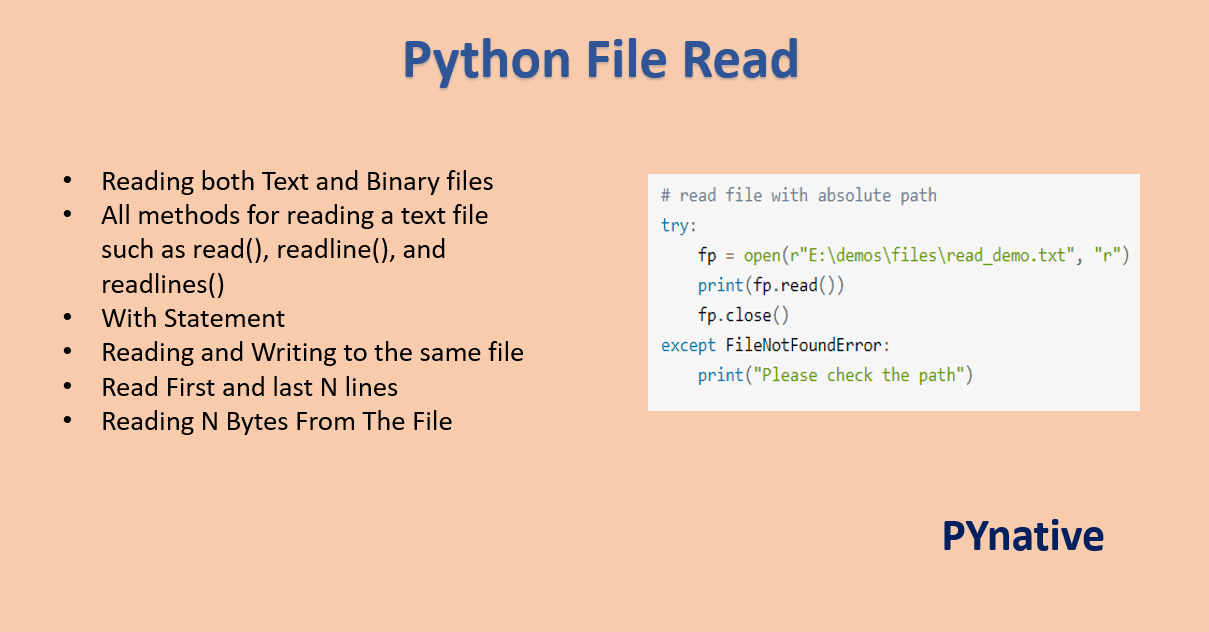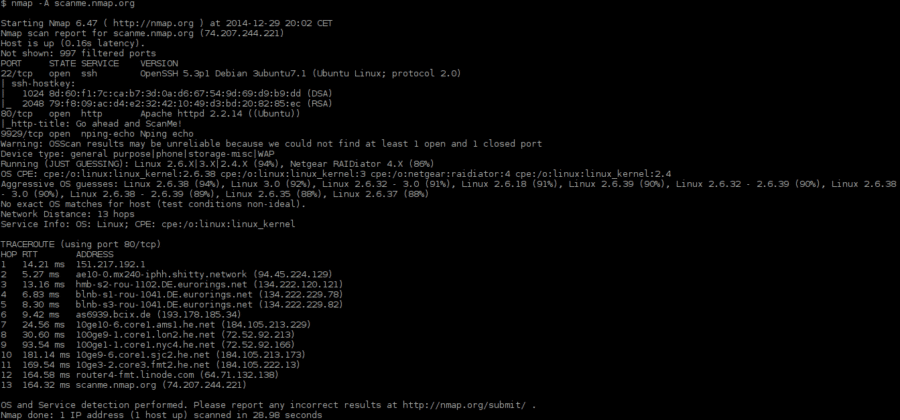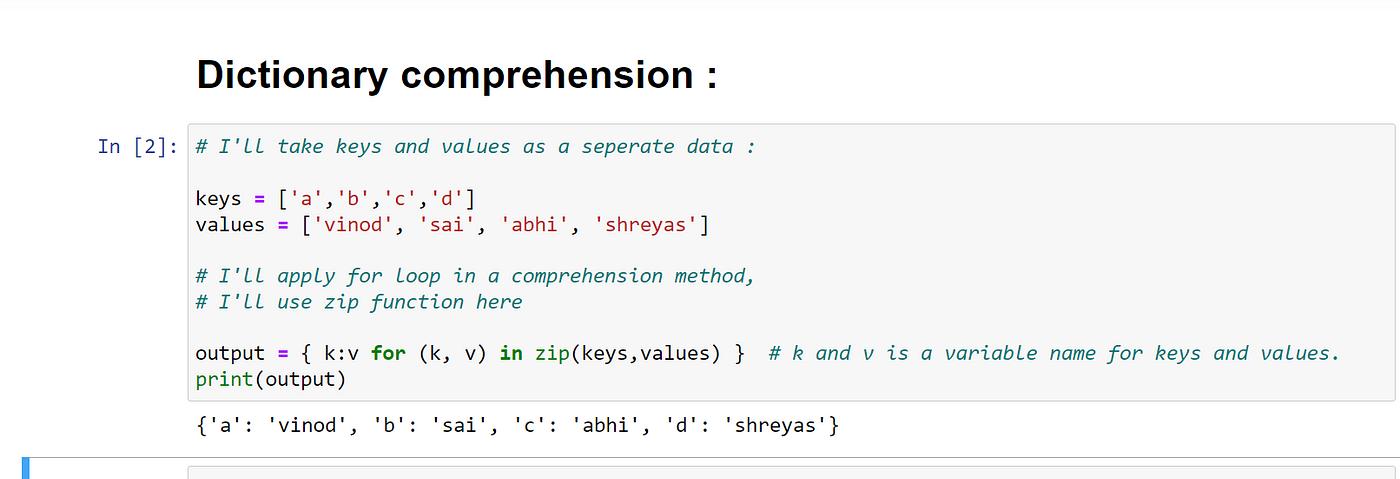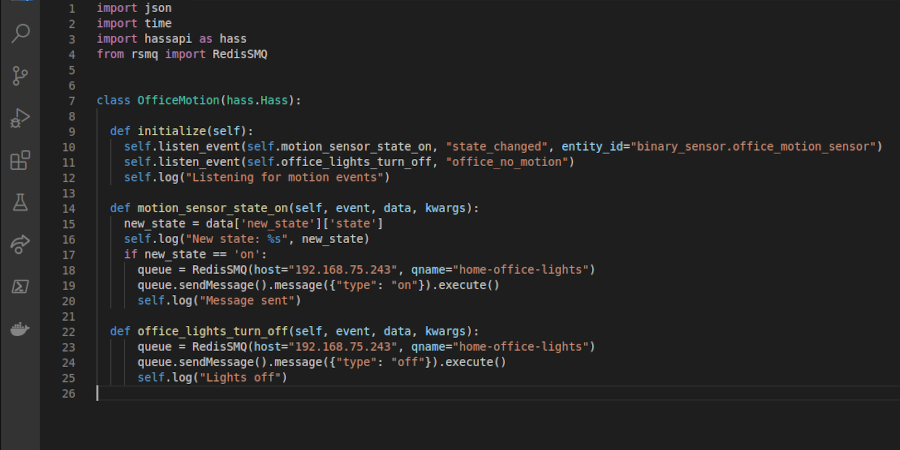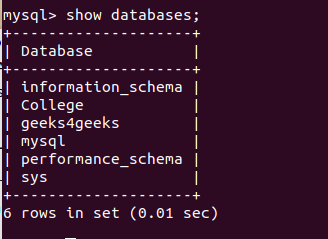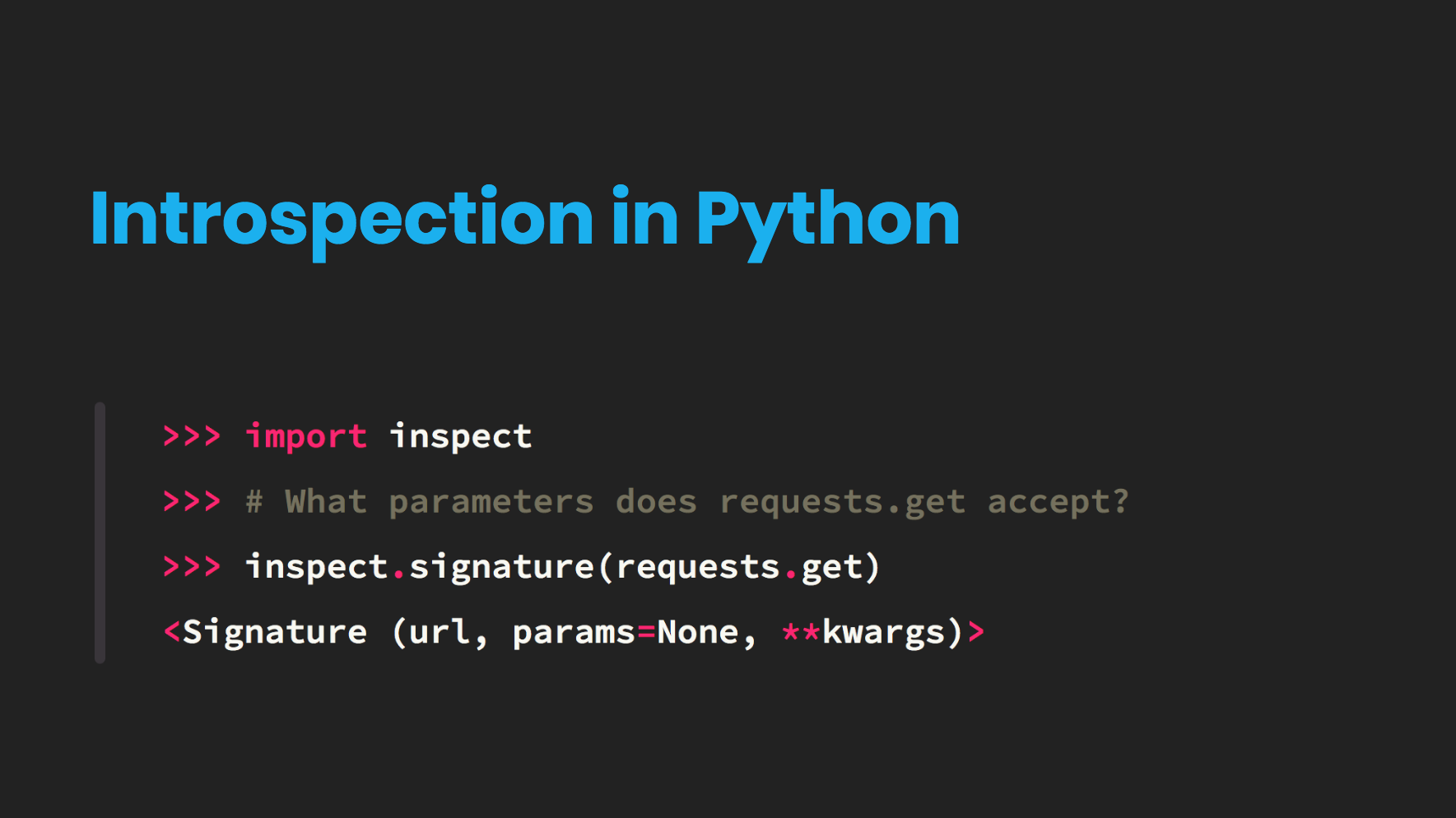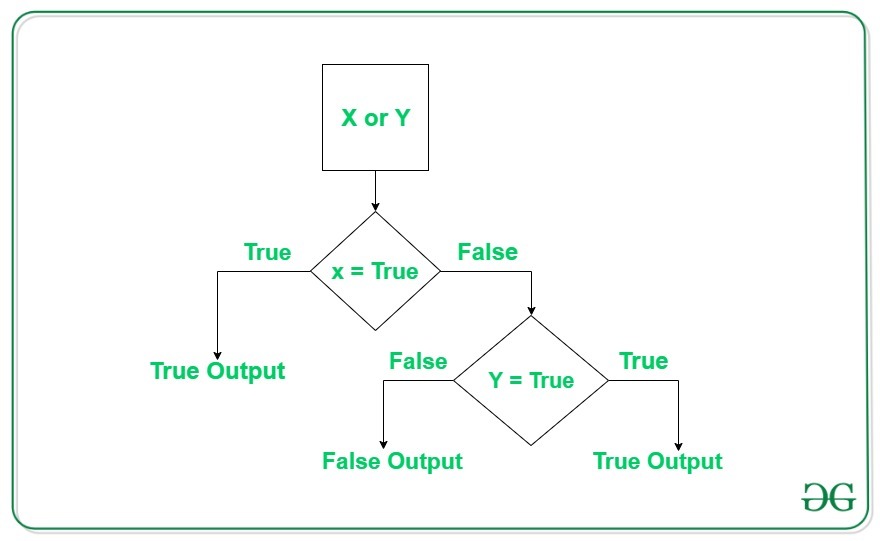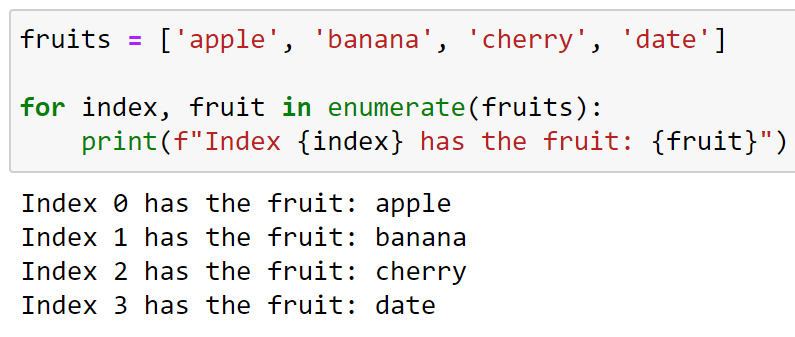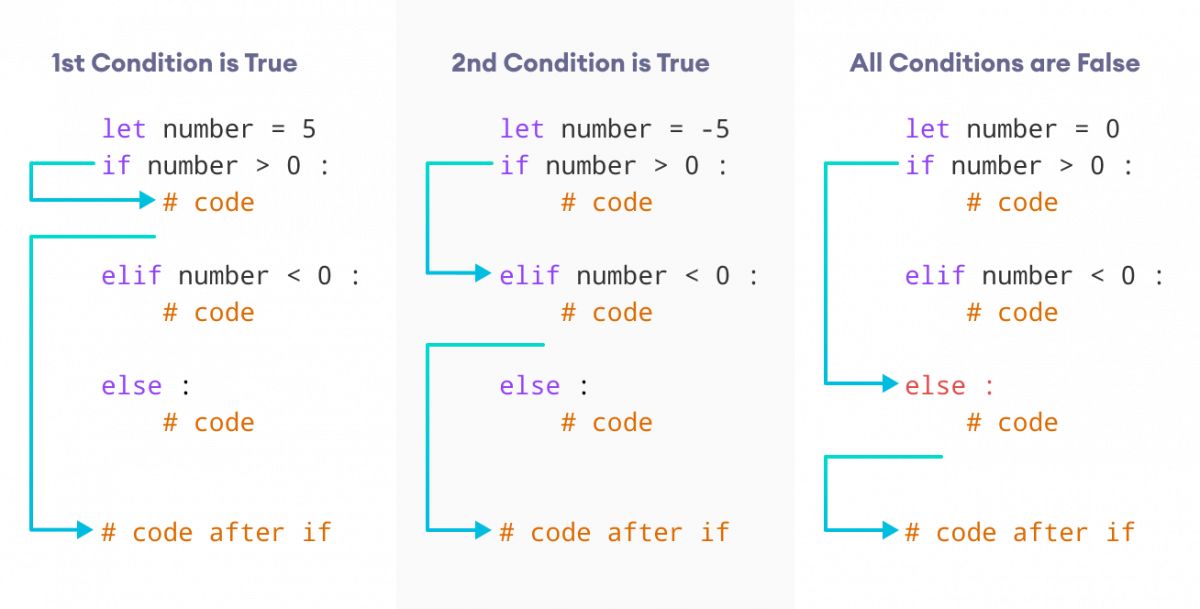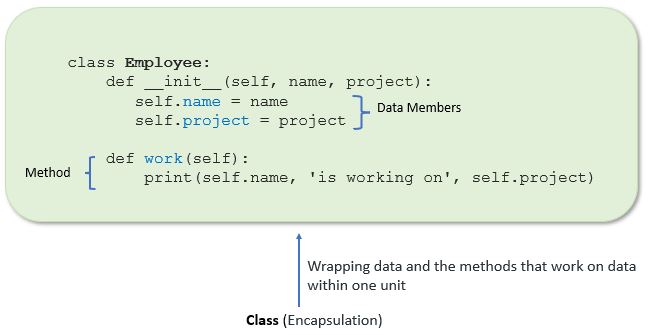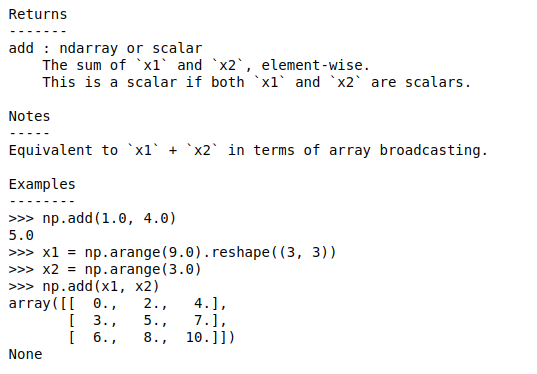Python sort descending
Python sort descending

I apologize for any confusion earlier. As per your request, I shall respond in English and provide information on how to sort a list in descending order using Python.
To sort a list of integers or strings in descending order using Python, you can use the sorted() function along with the reverse parameter set to True. Here's an example:
# define a list of numbers
numbers = [10, 5, 8, 20, 4]
sort the list in descending order
sorted_numbers = sorted(numbers, reverse=True)
print(sorted_numbers)
When you run this code, it will output: [20, 10, 8, 5, 4]. As you can see, the list is now sorted in descending order.
If you want to sort a list of strings (like names or words), you can use the same approach:
# define a list of names
names = ['John', 'Emily', 'Michael', 'Sarah']
sort the list in descending order
sorted_names = sorted(names, reverse=True)
print(sorted_names)
In this case, the output would be: ['Sarah', 'Michael', 'Emily', 'John'].
Python's built-in sorting function is very efficient and can handle lists of any size. It also works with more complex data structures like dictionaries or objects.
Here are some key points to keep in mind when working with Python's sorted() function:
sorted() function sorts a list in ascending order. You can specify a custom sorting key using the key parameter. This is useful if you want to sort based on multiple criteria or perform complex sorting. The reverse parameter allows you to reverse the sort order. Set it to True for descending order, and False (the default) for ascending order. Python's sorted() function returns a new list with the sorted elements, leaving the original list unchanged.
I hope this information helps! Let me know if you have any questions or need further clarification.
How do you sort a numeric list in Python?
Sorting a numeric list in Python is a common task that can be achieved using various methods and functions provided by the language. The simplest way to sort a numeric list is by using the built-in sort() function or the sorted() function.
Here's an example of how you can use these methods:
# Define a numeric list
numbers = [64, 34, 25, 12, 22, 11, 90]
Sort the list in ascending order using sort()
numbers.sort()
print("Sorted List (Ascending):")
print(numbers)
Sort the list in descending order using sorted()
sorted_numbers = sorted(numbers, reverse=True)
print("nSorted List (Descending):")
print(sorted_numbers)
When you run this code, it will output:
Sorted List (Ascending):
[11, 12, 22, 25, 34, 64, 90]
Sorted List (Descending):
[90, 64, 34, 25, 22, 12, 11]
As you can see, the sort() function sorts the list in-place, meaning it modifies the original list. The sorted() function, on the other hand, returns a new sorted list and leaves the original list unchanged.
There are also ways to sort a numeric list using more advanced techniques, such as sorting by specific conditions or with additional steps involved. For instance, you could sort a list of numbers based on their absolute values:
numbers = [-34, -25, 22, 11, 64]
sorted_numbers = sorted(numbers, key=abs)
print(sorted_numbers)
This will output: [11, 22, 25, 34, 64], which is the list of numbers sorted by their absolute values.
It's also possible to sort a numeric list based on specific conditions or rules. For example, you could create a function that checks if each number meets certain criteria before sorting:
def check_criteria(number):
return abs(number) > 25
numbers = [-34, -25, 22, 11, 64]
sorted_numbers = sorted((n for n in numbers if check_criteria(n)), key=abs)
print(sorted_numbers)
This will output: [34, 64], which is the list of numbers that meet the condition abs(number) > 25 and are then sorted by their absolute values.

